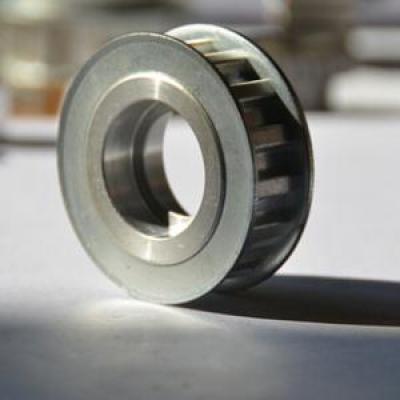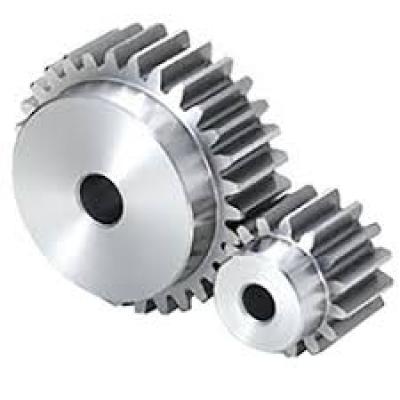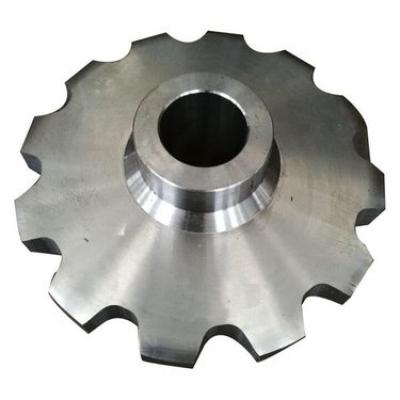How to adjust the positioning drive of timing pulley
The following are the steps and methods for adjusting the synchronous pulley positioning drive:1. Check the matching of synchronous belt and synchronous pulley
Confirm tooth profile matching: Make sure the tooth profile of the synchronous belt exactly matches the tooth profile of the synchronous pulley. Timing belts and synchronous pulleys with different tooth shapes cannot be interchanged, otherwise they will cause slippage and wear.
Check the dimensions: Confirm whether the dimensions of the synchronous belt and synchronous pulley meet the design requirements, including bandwidth, tooth pitch, etc.
2. Install the synchronous pulley
Ensure Alignment: When installing the Timing Pulley, make sure the shaft of the timing pulley is aligned with the drive shaft. Any deviation may cause abnormal wear or slippage of the timing belt.
Secure the timing pulley: Use appropriate fasteners to secure the timing pulley to the shaft to ensure it is stable and reliable. Make sure the tightening torque of the fasteners meets the manufacturer's specifications.
3. Adjust the timing belt tension
Measure the tension: Use a tension gauge to measure the timing belt tension to make sure it is within the recommended range. Too low a tension can cause slippage, and too high a tension can cause excessive wear.
Adjust the tensioner: Based on the tension measurement, adjust the position of the tensioner or use the tension nut to increase or decrease the tension.
Check the tensioning uniformity: Make sure the tension of the timing belt is uniform over the entire belt length to avoid local tension that is too high or too low.
4. Adjust the position of the synchronous pulley
Axial position adjustment: Adjust the axial position of the synchronous pulley on the shaft to ensure correct meshing of the synchronous belt. This can be achieved by moving the axial position of the synchronous pulley or adjusting the bearing seat.
Angle adjustment: Check whether the synchronous pulley maintains the correct angle with the transmission belt. Any angular deviation may lead to misalignment or abnormal wear of the drive belt.
5. Check drive system alignment
Use an alignment instrument: Use an alignment instrument to check the alignment between the synchronous pulley and the synchronous belt. Ensure that the synchronous pulley is aligned with the center line of the transmission belt to avoid diagonal transmission.
Adjust Alignment: If alignment is found to be incorrect, adjust the position of the timing pulley or use an adjustment device to correct the alignment problem.
6. Inspection and maintenance
Regular inspection: Regularly check the status of the synchronous belt and synchronous pulley, including tooth wear, tension and alignment, and perform timely adjustments and maintenance.
Lubrication and cleaning: Keep the synchronous pulley and synchronous belt clean to avoid the accumulation of dust and dirt, and lubricate the bearings and synchronous pulley when necessary.
7. Testing and Validation
Carry out a trial run: After completing the adjustment, conduct a trial run to observe the operation of the synchronous belt and ensure that there is no slippage, noise or abnormal vibration.
Verify positioning accuracy: Verify whether the positioning accuracy of the system meets the requirements, and check the stability and reliability of the transmission system.
Summary
Adjusting the positioning drive of the synchronous pulley includes checking and ensuring the matching of the synchronous belt and the synchronous pulley, adjusting the tension and position of the synchronous pulley, checking the alignment, and performing regular inspections and maintenance. Through these steps, the precise positioning and stable operation of the synchronous pulley system can be ensured, thereby improving the overall performance and reliability of the equipment.





